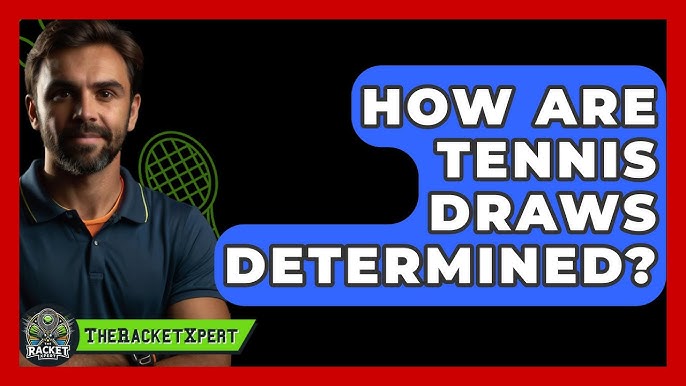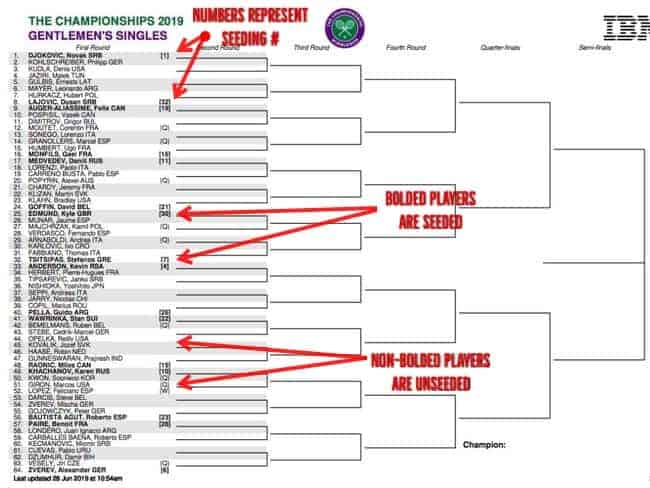Okay, so I was watching the French Open the other day, and it got me thinking – how do they actually decide who plays who? It’s not like they can just pick names out of a hat, right? So, I decided to do a little digging.
First, I started by just Googling “tennis draw ceremony.” That led me down a bit of a rabbit hole, but a fun one!

The Basic Idea
I quickly learned that the main goal is to make sure the top players don’t meet until later in the tournament. Makes sense, you want the exciting matches at the end!
- They use something called “seeding.” Basically, the best players are ranked based on, well, their ranking!
- The top two seeds are placed at opposite ends of the draw, so they can only play each other in the final.
- The rest of the seeds are also placed strategically, so they don’t clash too early.
Getting into the Details
It’s not just about the top players, though. I found out there are different categories:
- Seeds: As I mentioned, these are the top-ranked players.
- Qualifiers: Players who won their way through pre-tournament matches.
- Wild Cards: Players who are given a spot, often promising youngsters or local favorites.
- Direct Acceptances: Players whose ranking is good enough to get in directly, but not high enough to be seeded.
The draw ceremony itself is pretty cool. They put all these different types of players into groups, and then there’s a process – sometimes manual, sometimes computerized. I watched a few videos of draw ceremonies, and it’s surprisingly tense!
My Experiment (Sort Of!)
I didn’t actually conduct a full-blown tennis draw, because, well, I don’t have 128 tennis players handy. But, to get my head around it, I did a little experiment.
I took a deck of cards and assigned “seeds” to the Aces, Kings, Queens, and Jacks. Then I shuffled the rest of the deck and started dealing them out, making sure the “seeds” were evenly spread. It was a simplified version, but it really helped me understand the process.

I realized It’s all about balancing fairness (giving the best players a good chance) with randomness (to keep things interesting). It’s not a perfect system, and there’s always some luck involved, but it seems to work pretty well!
I figured, there might be some differences between Grand Slams, smaller tournaments, and how they all manage it, but the core idea remains the same.










